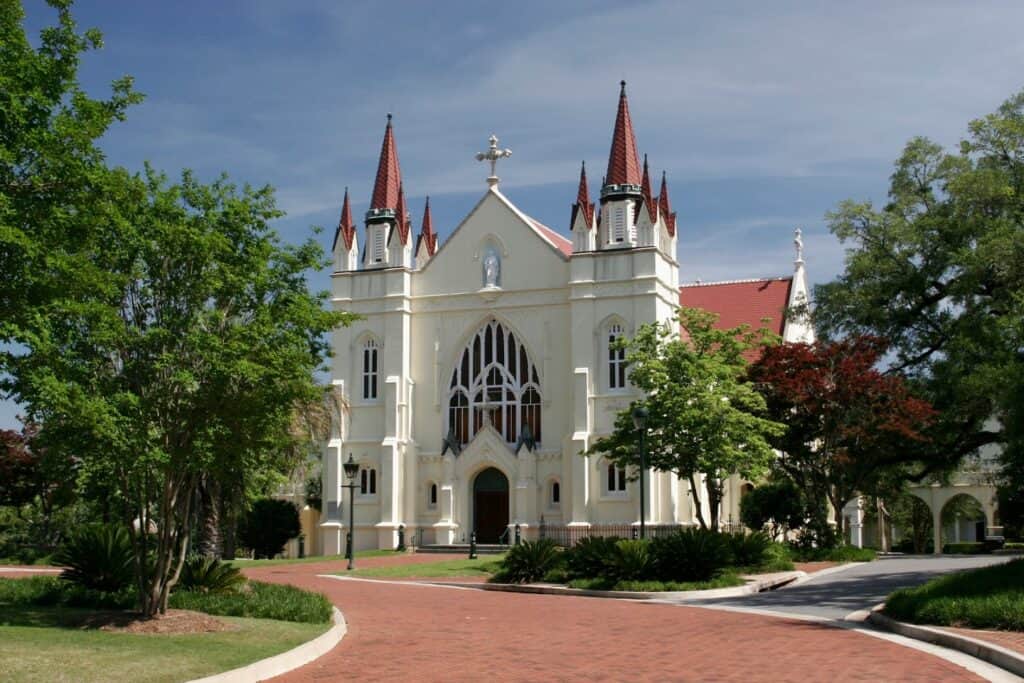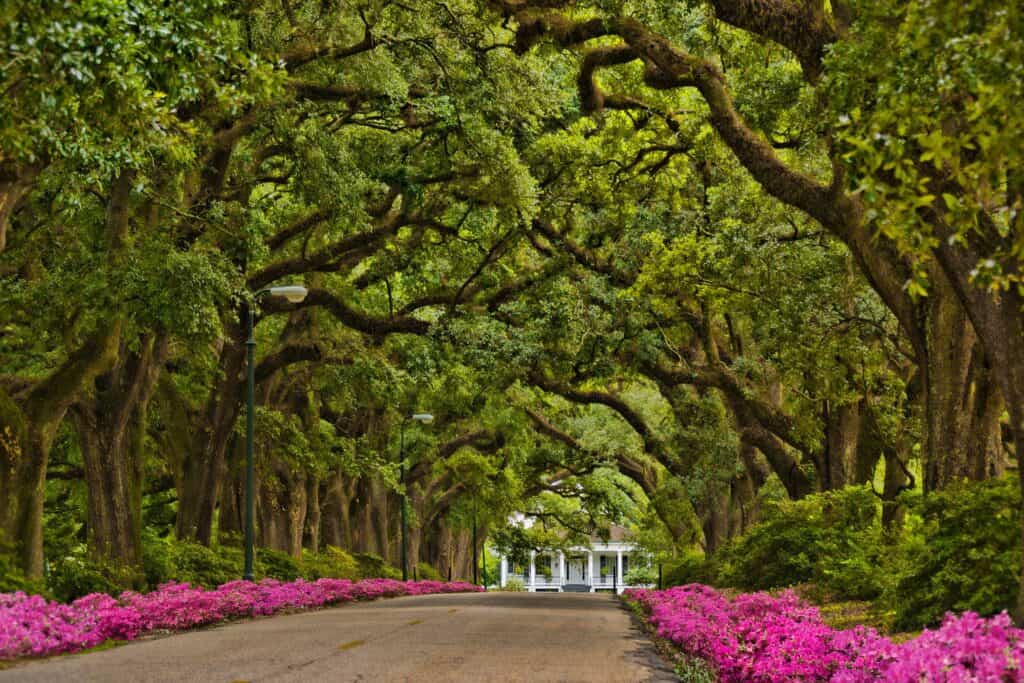A recent College Board study gave $9,970 as the average cost for a public four-year university or college. For a private institution, the average cost for four years is $34,740. Average costs have more than doubled over the past 20 years. As tuition skyrockets, financial aid has become more critical. The U.S. Department for Education gives more than $120 billion in loans, grants, and work opportunities each year. To apply for financial aid, a free application for Federal Student Aid form has to be submitted.
The most expensive colleges in the U.S. cost between $50,000 and $60,000 a year. Columbia University is the most expensive on this list, with annual tuition and fees of $59,430 for 2018-19.
The cost of college tuition varies considerably according to the type of institution, a family’s financial status, and academic performance in the first year. Many other factors, such as the geographic location of the institution, also are taken into account. The list below shows annual costs for the most expensive college in each state.

Alabama: Spring Hill College
2018-19: Annual Tuition and Fees $39,464
2018-19: Room and Board $13,462
Spring Hill College is located on the Gulf Coast in Mobile. This national liberal arts college has an undergraduate enrollment of about 1,500 students, 63% of whom are female. It is rooted in the Jesuit-Catholic educational tradition. It develops leadership potential, encourages critical thinking and exploration of different beliefs and opinions.

The student-to-faculty ratio is 14:1. Nearly 60% of the classes have fewer than 20 students. Some of the popular majors are marketing, education, psychology, business, and management. The four-year graduation rate is 44%.
